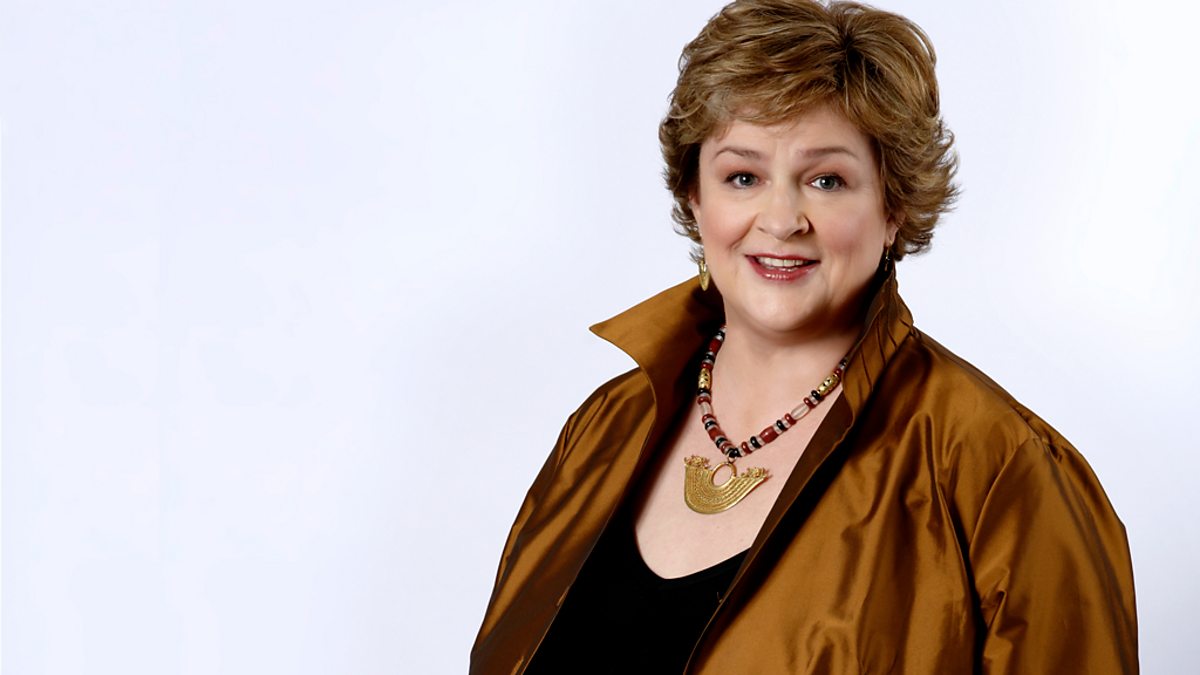Sunday Feature, next Sunday, 3 March at 7.45pm:
"Professor Tim Blanning opens his analysis of the ideas that shaped what we now know as 'the baroque' at the Karlskirche in Vienna. Commissioned by the Emperor Charles VI in 1713 and designed by Johann Bernhard Fischer von Erlach, this astonishing building was completed in 1737. It exemplifies the mature baroque style with its spectacular frescoes, sumptuous decoration, magnificent dome and striking facade. Built as a votive offering following the last great plague epidemic in Vienna in 1713, it was dedicated to Charles Borromeo, a saint famous for his healing of plague sufferers.
With a team of experts, Prof Blanning then traces the development of baroque culture from its origins in 17th-c. Italy to its colonisation of most of the rest of Europe, and indeed many parts of the world, from Peru to Macau.
What architects, sculptors and painters as diverse as Bernini, Caravaggio and Rubens had in common is at the heart of the programme's search for the essence of the Baroque. More than a style, it was a whole culture, manifesting itself in the grandest of grand palaces such as Versailles but also in decoration, dress and even the material objects of common people."
"Professor Tim Blanning opens his analysis of the ideas that shaped what we now know as 'the baroque' at the Karlskirche in Vienna. Commissioned by the Emperor Charles VI in 1713 and designed by Johann Bernhard Fischer von Erlach, this astonishing building was completed in 1737. It exemplifies the mature baroque style with its spectacular frescoes, sumptuous decoration, magnificent dome and striking facade. Built as a votive offering following the last great plague epidemic in Vienna in 1713, it was dedicated to Charles Borromeo, a saint famous for his healing of plague sufferers.
With a team of experts, Prof Blanning then traces the development of baroque culture from its origins in 17th-c. Italy to its colonisation of most of the rest of Europe, and indeed many parts of the world, from Peru to Macau.
What architects, sculptors and painters as diverse as Bernini, Caravaggio and Rubens had in common is at the heart of the programme's search for the essence of the Baroque. More than a style, it was a whole culture, manifesting itself in the grandest of grand palaces such as Versailles but also in decoration, dress and even the material objects of common people."


Comment